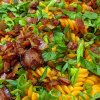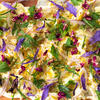Popular
Latest From the Show

All-Buttah Pie Dough = Perfectly Flaky Pie Crust | The Book On Pie | Erin Jeanne McDowell


Everything You Need to Know About Making, Baking & Freezing Pies…

Q&A with Organizational Pro Peter Walsh + Dermatologist Shares A…

Actor Hank Azaria + Freezer Meals + Artichokes 2 Ways with Rach

See Inside Barbara Corcoran's Stunning NY Apartment + It's Steak…
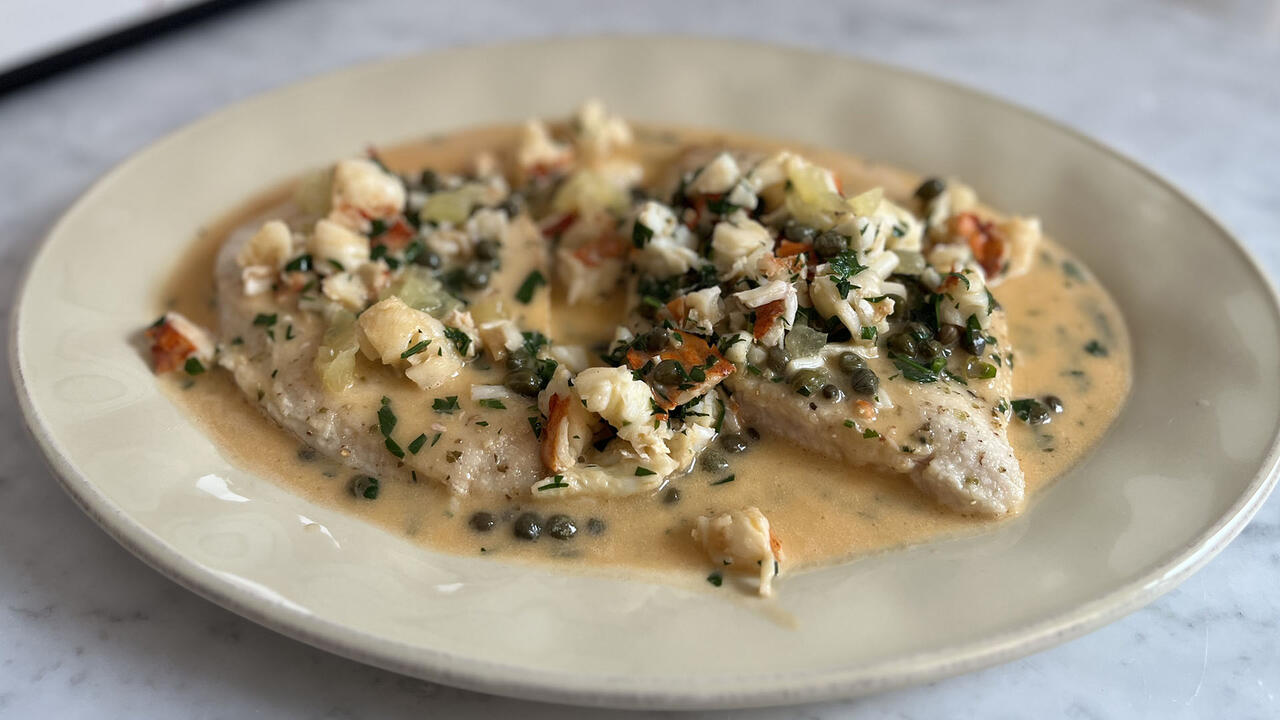
How to Make Chicken and Lobster Piccata | Richard Blais

Donnie Wahlberg Spills Details About NKOTB's First Ever Conventi…

Donnie Wahlberg + Jenny McCarthy Say Rach Is Such a "Joy" + Look…

The Best Moments From 17 Seasons of the Show Will Make You Laugh…
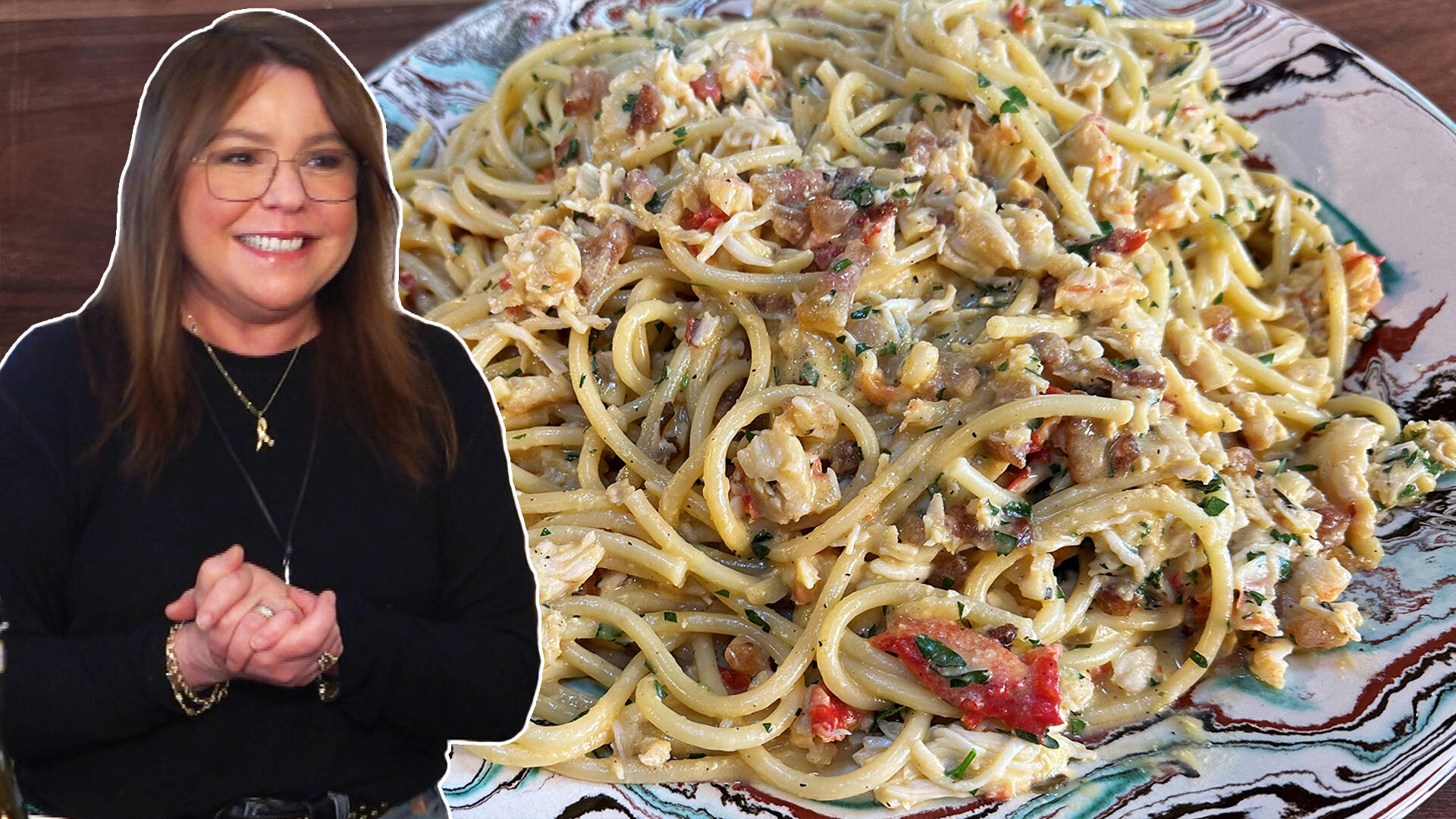
How to Make Crabby Carbonara | Rachael Ray
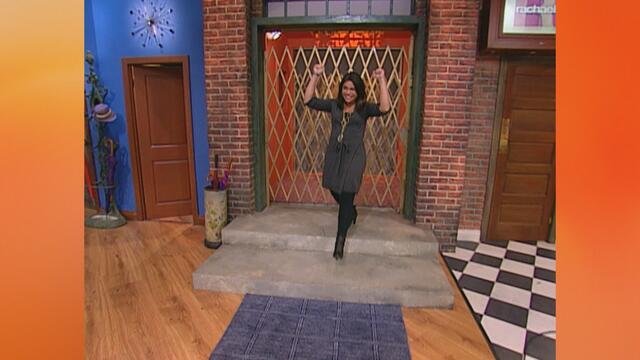
Rach Chats "Firsts" In Flashback From Our First Episode Ever In …

Rach's Chef Pals Say Goodbye to Show in Surprise Video Message
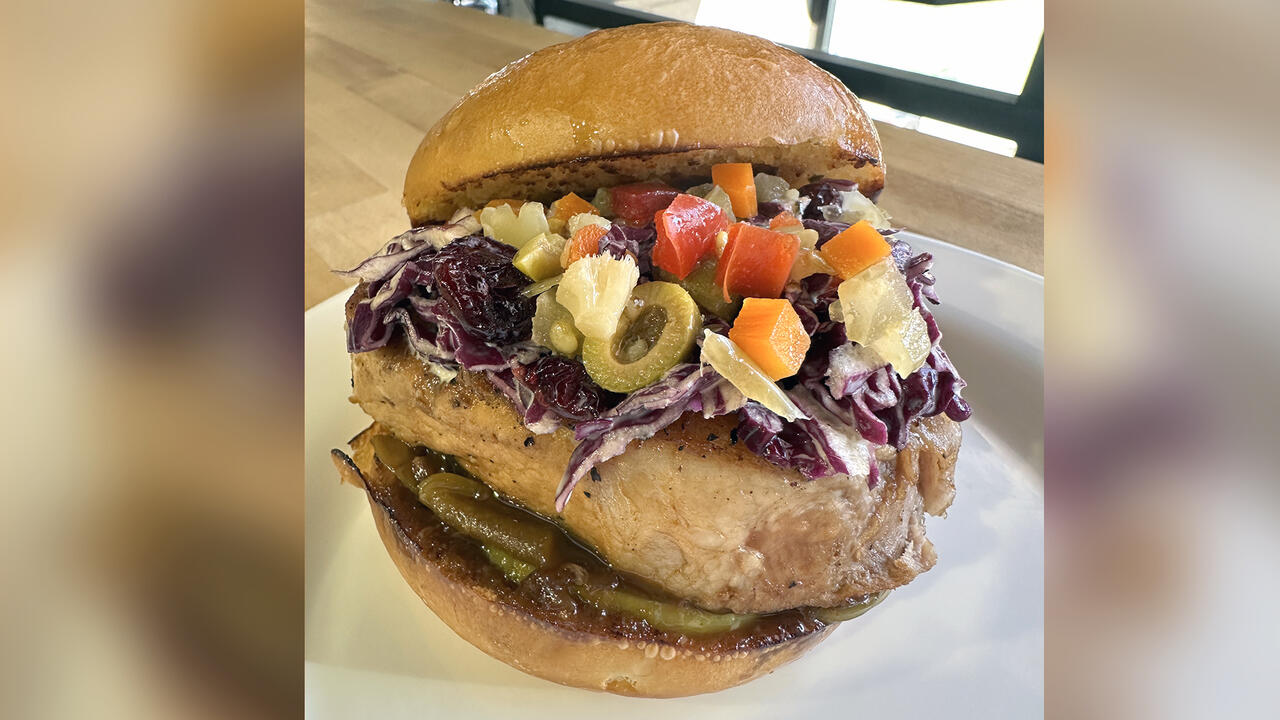
How to Make Apple-Cider Braised Pork Chop Sandwiches with Onion …
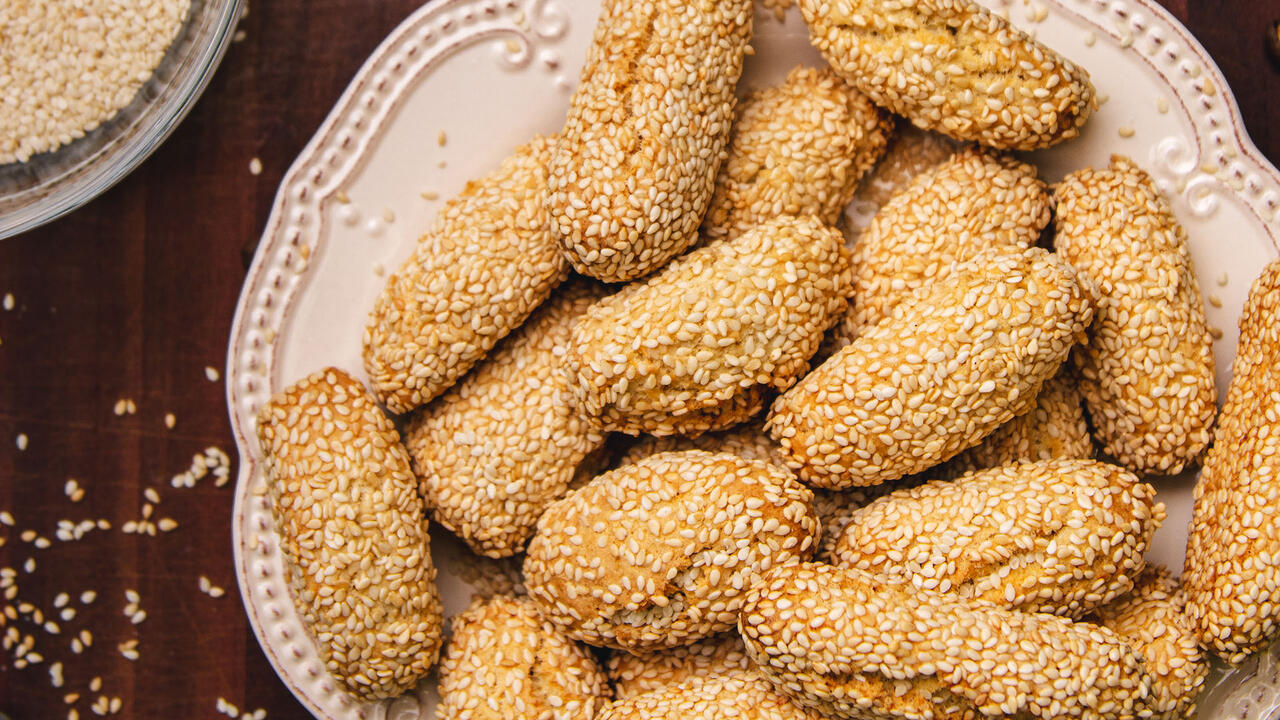
How to Make Sesame Cookies | Buddy Valastro
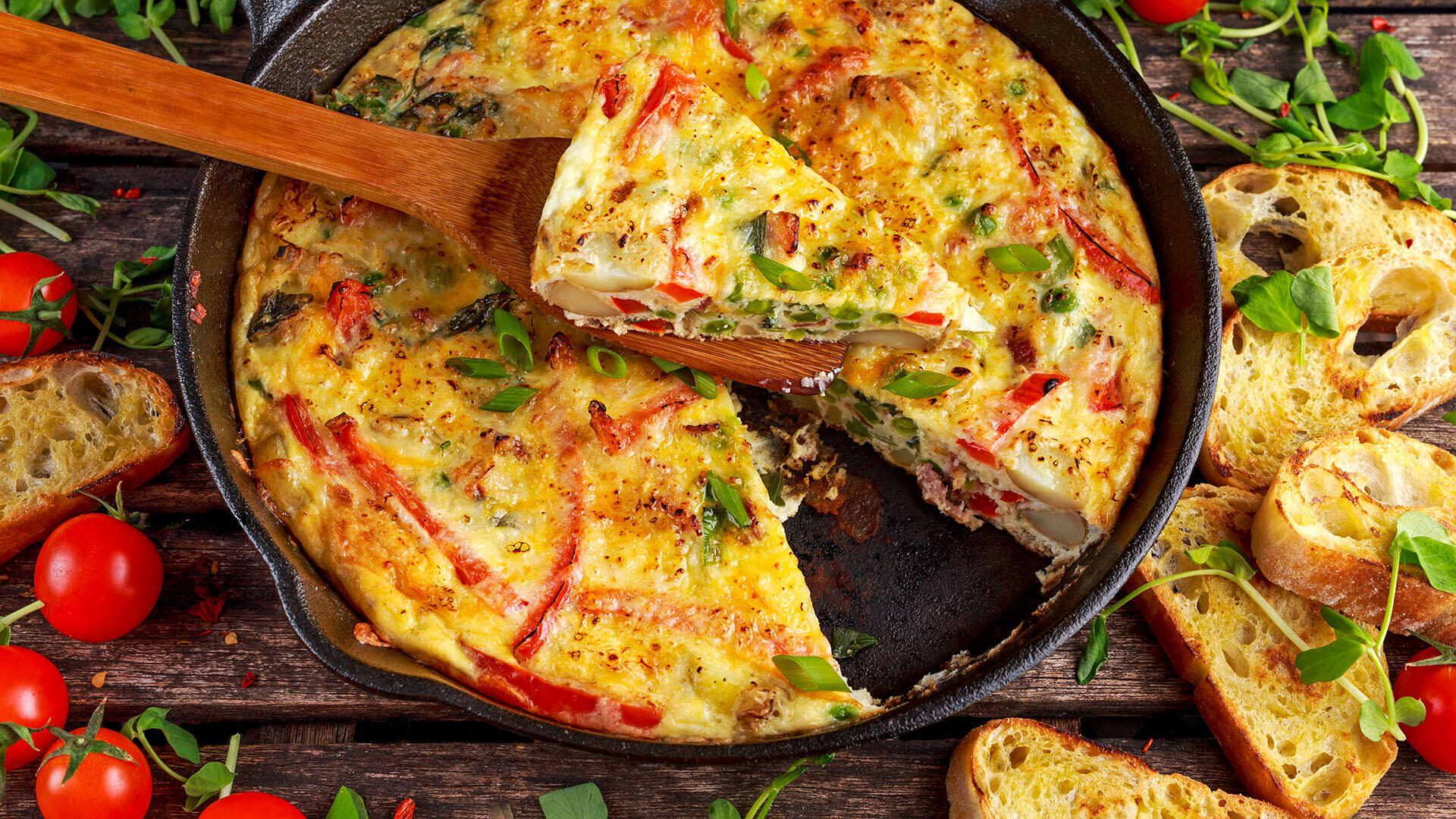
How to Make Tortilla with Potatoes, Piquillo Peppers and Mancheg…
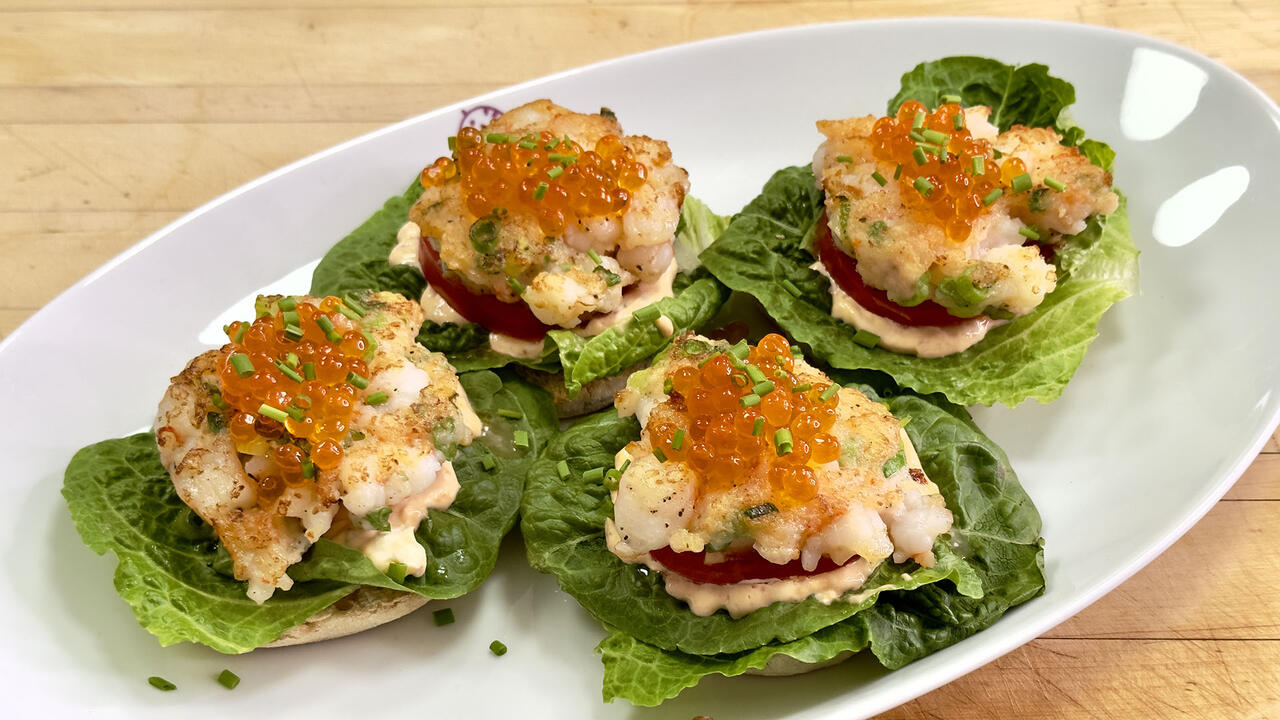
How to Make Shrimp Burgers | Jacques Pepin
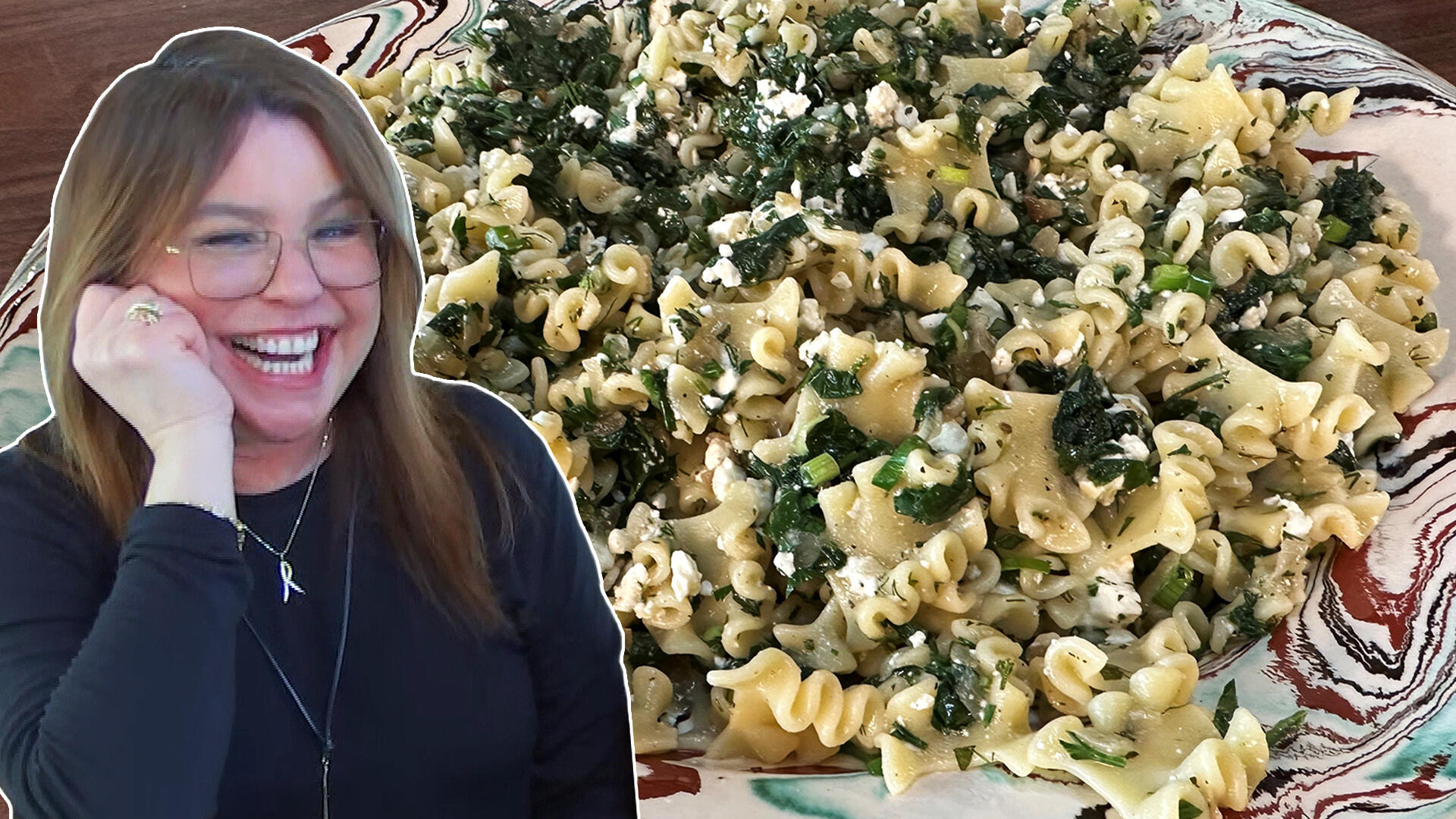
How to Make Spanakopipasta | Rachael Ray

Celebrity Guests Send Farewell Messages After 17 Seasons of the …

Andrew McCarthy Chokes Up Discussing Emotional Trip to Spain wit…

Celebrity Guests Send Farewell Messages After 17 Seasons of the …

Andrew McCarthy Teases Upcoming "Brat Pack" Reunion Special

Michelle Obama Toasts Rach's 17 Years on the Air With a Heartfel…
This pie dough recipe from the author of The Book On Pie is made with butter instead of shortening for a perfectly flaky pie crust.
"This is my go-to pie dough," Erin says. "All buttah, all the time. Butter can be harder for beginners to work with, because it has a lower melting point than fats such as shortening, but the flavor can't be beat. And once you know how to handle the dough, it's easy. The key? Colder is always better when pie dough is involved. When in doubt, toss everything—the ingredients, the bowl, and maybe even the half-mixed dough—into the fridge before proceeding."
Try it out in her Caramel Apple Pie recipe or to make holiday appetizers like these Pimento Cheese Palmiers and Thanksgiving Hand Pies filled with stuffing.
Pro Tip: The tightly wrapped disk of dough can be refrigerated for up to 3 days. Wrapped in plastic wrap and then in aluminum foil, the dough can be frozen for up to 3 months. Thaw overnight in the fridge before using.
Get Erin's best pie tips here—including exactly how to roll out your dough and crimping techniques, plus everything you need to know about parbaking and blind baking.
Adapted from The Book On Pie by Erin Jeanne McDowell. Copyright © 2020 by Erin Jeanne McDowell. Used with permission by Houghton Mifflin Harcourt. All rights reserved.
Ingredients
- 1 stick cold unsalted butter, cut into ½-inch cubes
- 1¼ cups all-purpose flour
- ¼ teaspoon fine sea salt
- ¼ cup ice water, plus more as needed
Yield
Preparation
Start by cutting the cold butter into ½ inch cubes. In a large bowl, whisk together the flour and salt. Add the cubes of butter, tossing them through the flour until each piece is well coated. Cut the butter into the flour by pressing the pieces between your fingers, flattening them into big shards. As you work, continue to toss the butter through the flour, recoating the shingled pieces. If you have warm hands, you may want to use a pastry cutter. Take care to ensure that all the cubes of butter are fully coated in flour as you work.
For a flaky crust, continue cutting the butter into the flour just until the pieces of butter are about the size of walnut halves.
Make a well in the center of the flour mixture. Add in the ice water. (Different types, or even brands, of flour hydrate differently so it is difficult to give a precise amount that will work every time; consider the base amount given as a solid jumping off point, knowing that you will almost always need to add more.) Using your hands, toss the flour with the water to start to mix the two together (this begins to combine them without creating too much gluten). As the flour beings to hydrate, you can switch to more of a kneading motion, but don’t overdo it, or the dough will be tough. Then add more water, about 1 tablespoon at a time, until the dough is properly hydrated. It should be uniformly combined and hold together easily, but it shouldn't look totally smooth. Dough that is too dry may have sort of a “dusty” appearance or pockets of un-hydrated flour; it will not hold together and will look crumbly. Dough that is too wet will feel sticky or tacky to the touch, and it is often smoother and/or lighter in color than properly hydrated dough.
Form the dough into a disk and wrap tightly in plastic wrap. Refrigerate for at least 30 minutes before using.
